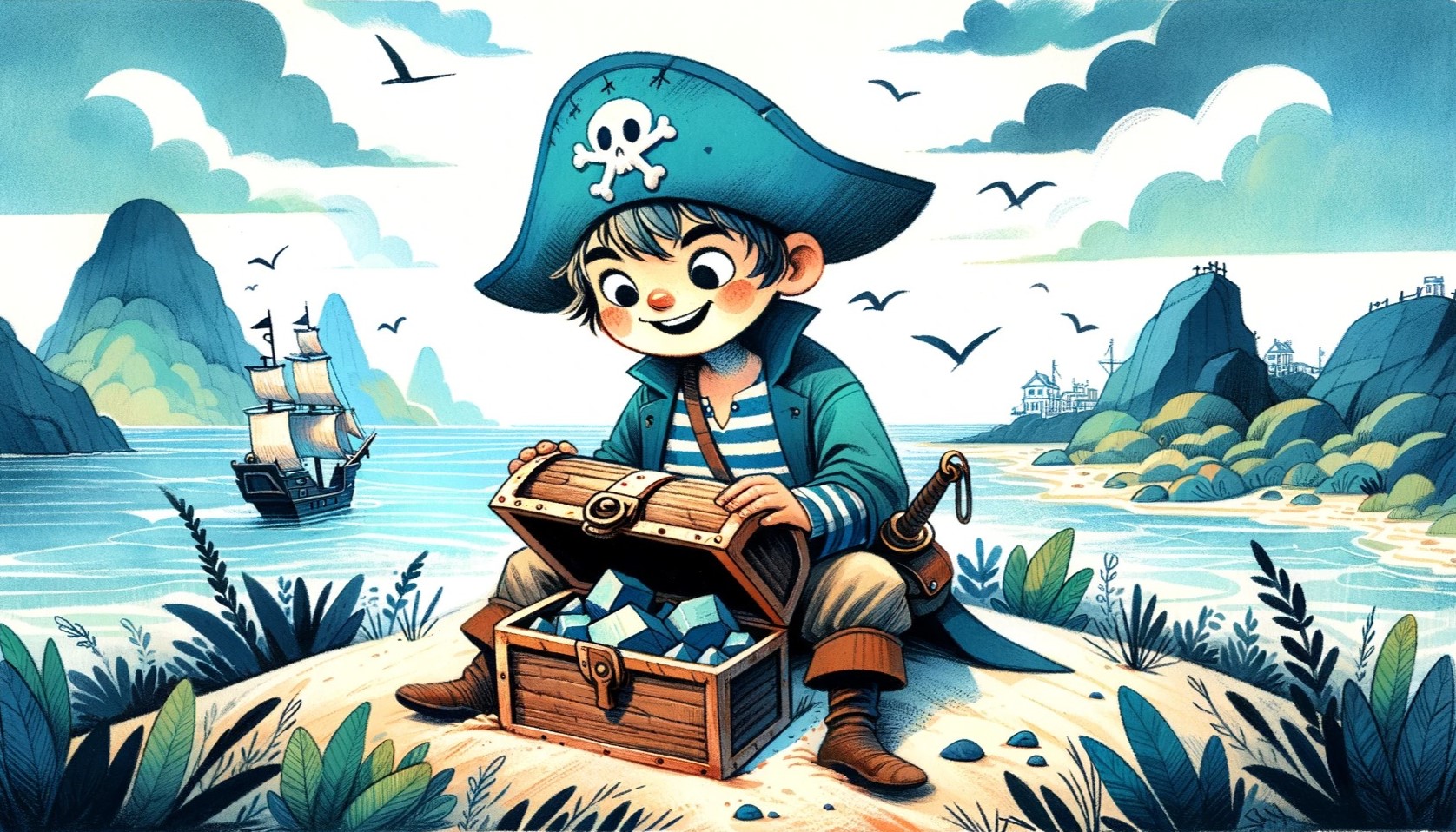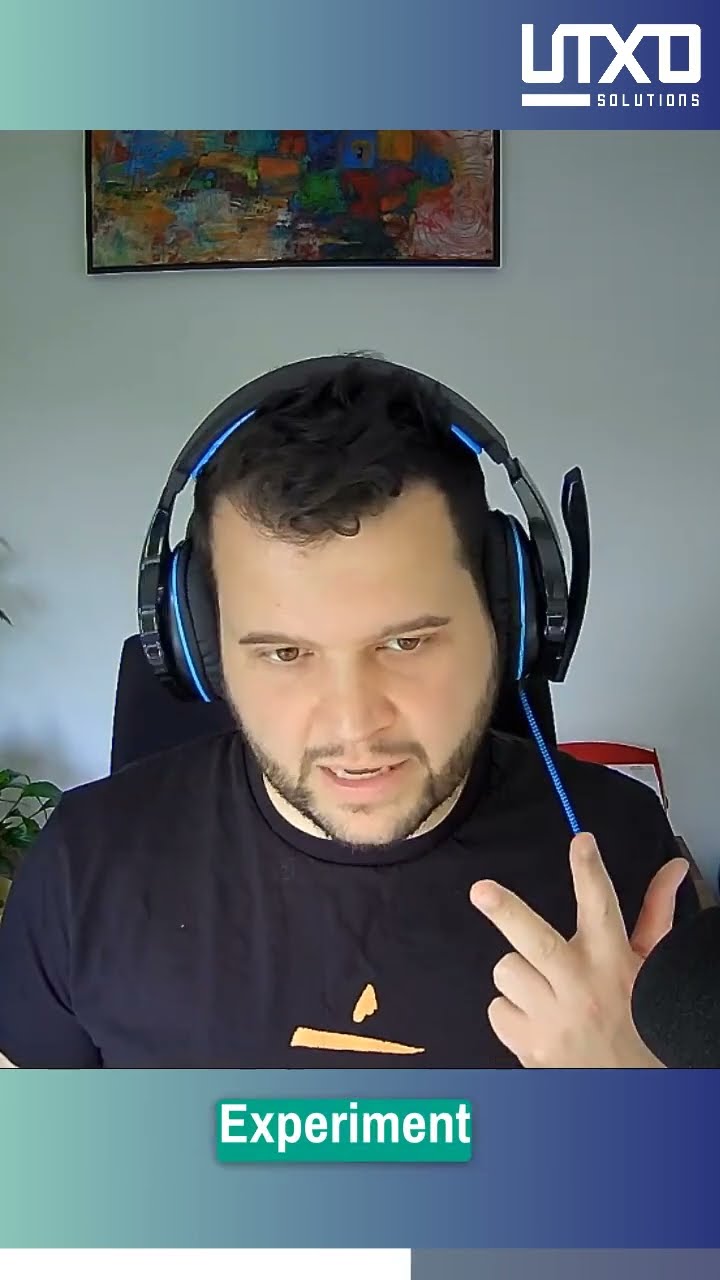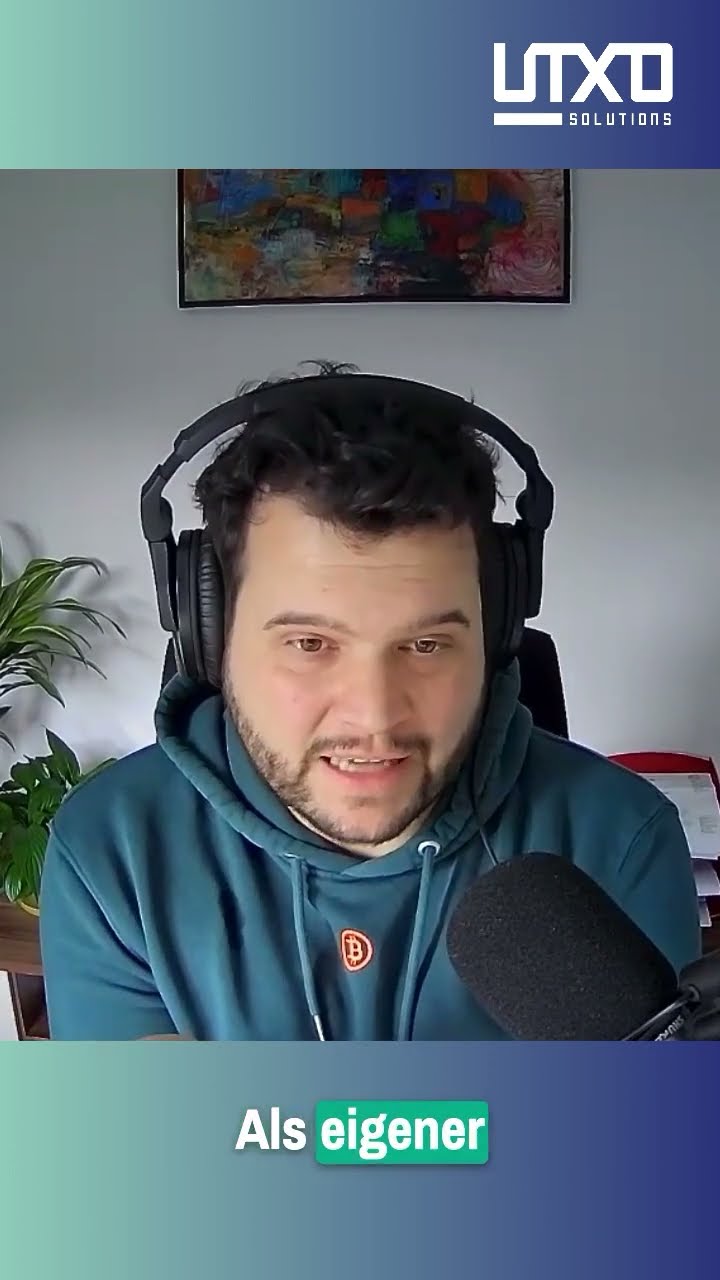
Customer research for treasure hunting pirates
Imagine, you are a pirate. You have a ship, a captains hat and a parot. “A paarrrot” says the parrot. You have many things, that you love to do, but there is one you love beyond all others: Finding treasures. As every good pirate, you know, that treasures are buried by other pirates. If you have a treasure map, they are easy to find. But you have none. That’s a severe hinderance to your treasure finding passion.
One late night you walk into a tavern to drink some rum. As you complain about your lack of treasure maps, you meet an old pirate. He looks like a seasoned sailor and has probably found many treasures in his lifetime. After some rum he tells you about a secret method to finding treasures without a map. But when you wake up the next day you can’t remember much of it. The rum got the better half of you. All you can remember something about customer research for treasure hunting pirates. And that it was awesome.
As you can’t find the old man again you start asking people about the topic. Many pirates don’t seem very concerned about it. They only find treasures with maps or by accident. But among the richer and more successful pirates, there are tales…
Finding treasures with assumptions
A one eyed pirate named Bill tells you about his method. He had found two treasures so far with a map. One was buried underneath an eagle shaped rock. The other underneath a tree split in half by lightning. He heard of some other people finding treasures at similar locations. Most treasures have been buried underneath a rock or tree with a memorable shape. He assumes, that pirates want to bury their treasures in places they can find again. So whenever he sees a rock or tree with a special shape he digs some holes. He hasn’t found a new treasure so far but is confident, that he soon will find one.
Finding treasures with personas
You meet a short sighted pirate who tried going the other way around. Instead of looking at the treasure he looked at the pirate who buried the treasure. He noticed a trend there. Most pirates that bury treasures share some common traits. They are usually a bit older so they had time to accumulate riches. But not too old. They are young enough to dig up the treasure in 5 years and still enjoy their life. There usually seems to be a bounty on them so they had to flee. They decided to bury the treasure and go underground in the mean time. Most where named Jonny and had rum as their favorite drink. They lived on a tropical beach near a royal navi base and their favorite color was blue. Like the ocean. He even drew a picture of a typical Jonny. Now he is on the lookout for new wanted posters that match the description. And when he finds one he starts digging holes in the gardens of recently abandoned houses nearby. He currently works on a treasure hiding pirate profile for a female pirate called Jenny.
Finding treasures with surveys
You meet a navi officer who works in the royal navi jails. He has a lot of time and sees a lot of prisoners. Some inmates surely have hidden a treasure before going to jail, so he assumes. So he started to make deals with the prisoners. He asks them some questions and they get special things like fresh fruits. He came up with a list of questions like:
- If you would bury a treasure, where would you bury it?
- What is your favorite place in the world?
- How deep should a hole in the ground be for a treasure?
He is collecting the data from the surveys to get the average treasure position. And then on the weekend he goes on treasure hunts. But he hasn’t found one yet, so he still has to work within the navi jails.
Finding treasures with big data
One day you meet a bulky guy called Big. He really is big. He also has two trained eagles on his broad shoulders. He lookes smart too. He tells you that when you bury a treasure, there is always a pattern in the sand. The sand never quite reaches the pattern that centuries of weather impact created. He analysed thousands of treasure sites and trained his eagles to see the patterns. “When you find a treasure pattern in the sand you can do additional scraping to narrow down the position.” he told you. The patterns supposedly expand in a 50 - 100 meter radius around the treasure. He then scrapes the surface of the area for rust particles. Shovels leave them behind, even new ones. This way he can narrow it down to a 10 meter area. And then he digs up the whole area. You had a look at Bigs crew. They where big and bulky too. They probably could shovel all day long. Big is currently going through all the islands of the caribean to search for treasures this way. Most of the treasure rewards go to feeding Bigs crew as they drink a lot of expensive protein shakes. But he looks like a successful treasure hunter nonetheless.
Finding treasures with Jobs to be done
Finally you find the old man again. This time you listened to him all sober. You tell him of all the other people you met. He chuckles. “I did some of those myself. But I found a better way. Here, let me show you.” Then he turns around to another guest in the tavern and said: “Hey Ruffy, do you remember the last time, that you buried a treasure?”
What followes is a long but fun talk between the two. He askes him all kinds of things. Why did he bury a treasure? What happened that day that made him decide to bury a treasure? Why he chose this place instead of another and so on. He calles it the jobs to be done method. The old man claimes that no one buries a treasure just for the sake of it. Rather they do it because something is better in their life after they bury it. And if you know why and how, it will help you find the treasure.
It can also help you build a treasure finding as a service business around it. Or understand how to better sell shovels to treasure hunters. Which according to him makes way more money then digging up the occasional treasures. He himself had build a fortune building chests for treasures and other stuff.
While talking to Ruffy, the old man scribbles down a lot of things in a circle. He showes you how the decision making process of the pirate mapped on to the different elements. It looked a bit weird at the beginning, but makes sense in the end. And you decide that day, that you will never search for treasures without this method again.
Well, I guess though, you aren’t a pirate.







